The Homeowner’s Guide to Key HVAC Parts
Whether you have an appointment for a tune-up or a full system replacement, your HVAC contractor is bound to mention HVAC components that, for the unfamiliar, may sound like gibberish. In today’s post, local HVAC company Schmitt lends a hand with this quick guide to the important parts of an HVAC system.

Thermostat
The thermostat is the HVAC system’s control unit. In addition to displaying and providing the means to set your desired indoor temperature, it lets you program a daily operating cycle. Advanced thermostats have more features like adapting to your daily routine and improving your HVAC system’s energy efficiency.
Evaporator Coil
Air conditioners cycle a substance called refrigerant to generate cool air, and is at its lowest temperature as it passes through the evaporator coil, located in the indoor unit. As the fan or blower creates airflow that passes through the coils, it absorbs the heat from the air blown through it, resulting in cool air that is distributed through the ductwork.
Air Handler
The air handler is the part of the HVAC system that houses the fans or blowers, creating airflow that distributes conditioned air. In a whole-home system, the air handler is a separate system that feeds air into the building’s ductwork. In ductless mini-split air conditioners, the air handler is more compact and is housed together with the evaporator coil. Additionally, the air filter, as well as the optional humidifier or dehumidifier, are installed or attached to the air handler.
Condenser
The condenser is housed in the outdoor unit and does most of the heavy lifting in the cooling cycle. It compresses the refrigerant, which forces it to release the heat it has gathered from the indoors. Metal coils in the condenser release the heat outdoors, starting the cooling cycle anew.
Ductwork
The ductwork is a network of channels that distribute air throughout the house. Traditional ductwork is made from welded sheet metal, while modern ones feature tubes that allow more flexibility.
Vents and Registers
Conditioned air is released into rooms through vents, located near the ceiling. Since cool air tends to move towards the floor, this placement helps ensure even distribution — this is one of the reasons why the indoor unit in ductless mini splits needs to be installed at the same height. By the same principle heating vents are located closer to the floor because warm air tends to rise. Return registers, or simply “registers,” are vents that return the air to the air handler.
Call Schmitt for Your HVAC Needs!
To learn more about HVAC systems or to schedule air conditioning repair, give Schmitt a call at (415) 689-7849. You can also fill out our contact form to book a consultation. We serve San Francisco and the surrounding communities.
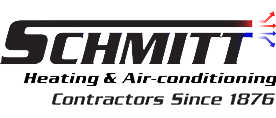



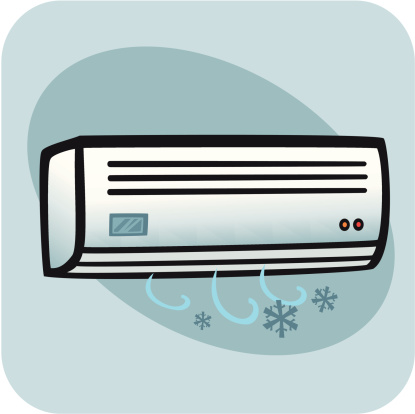

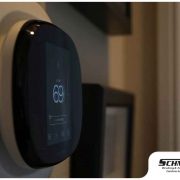

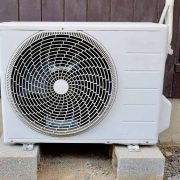


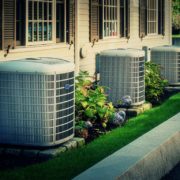



Leave a Reply
Want to join the discussion?Feel free to contribute!